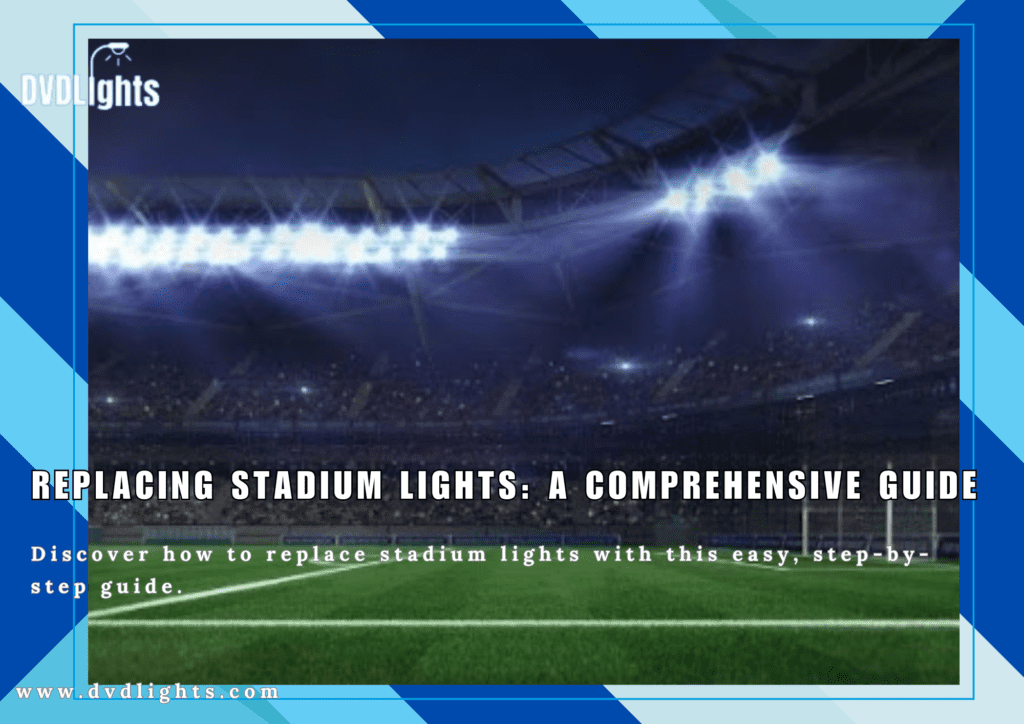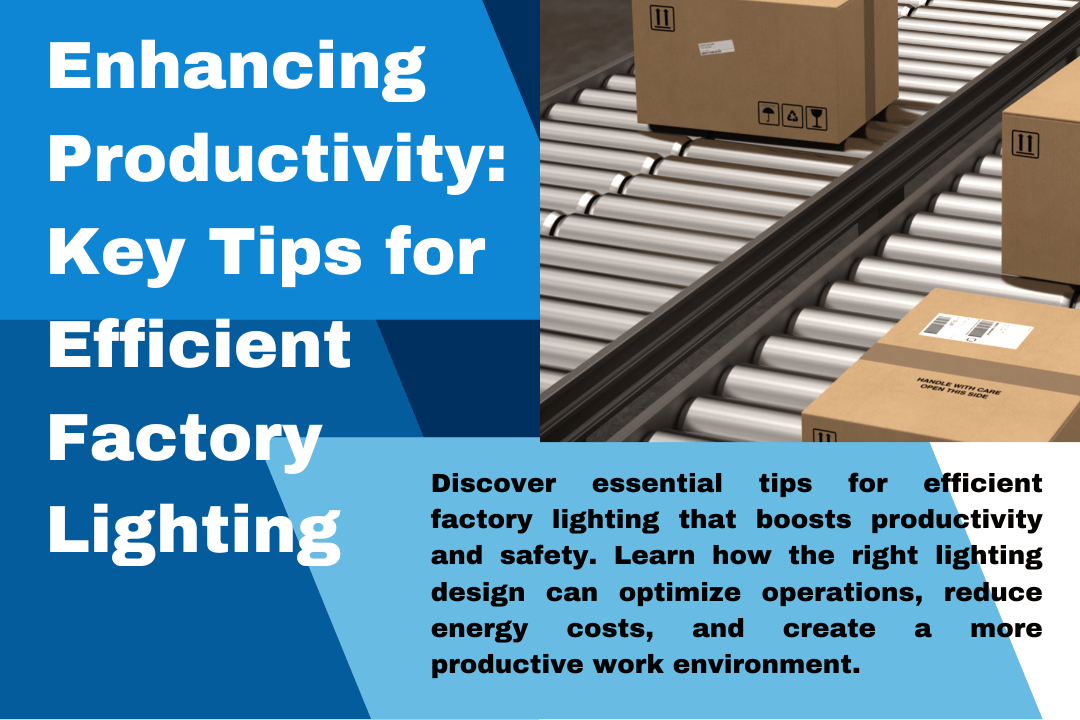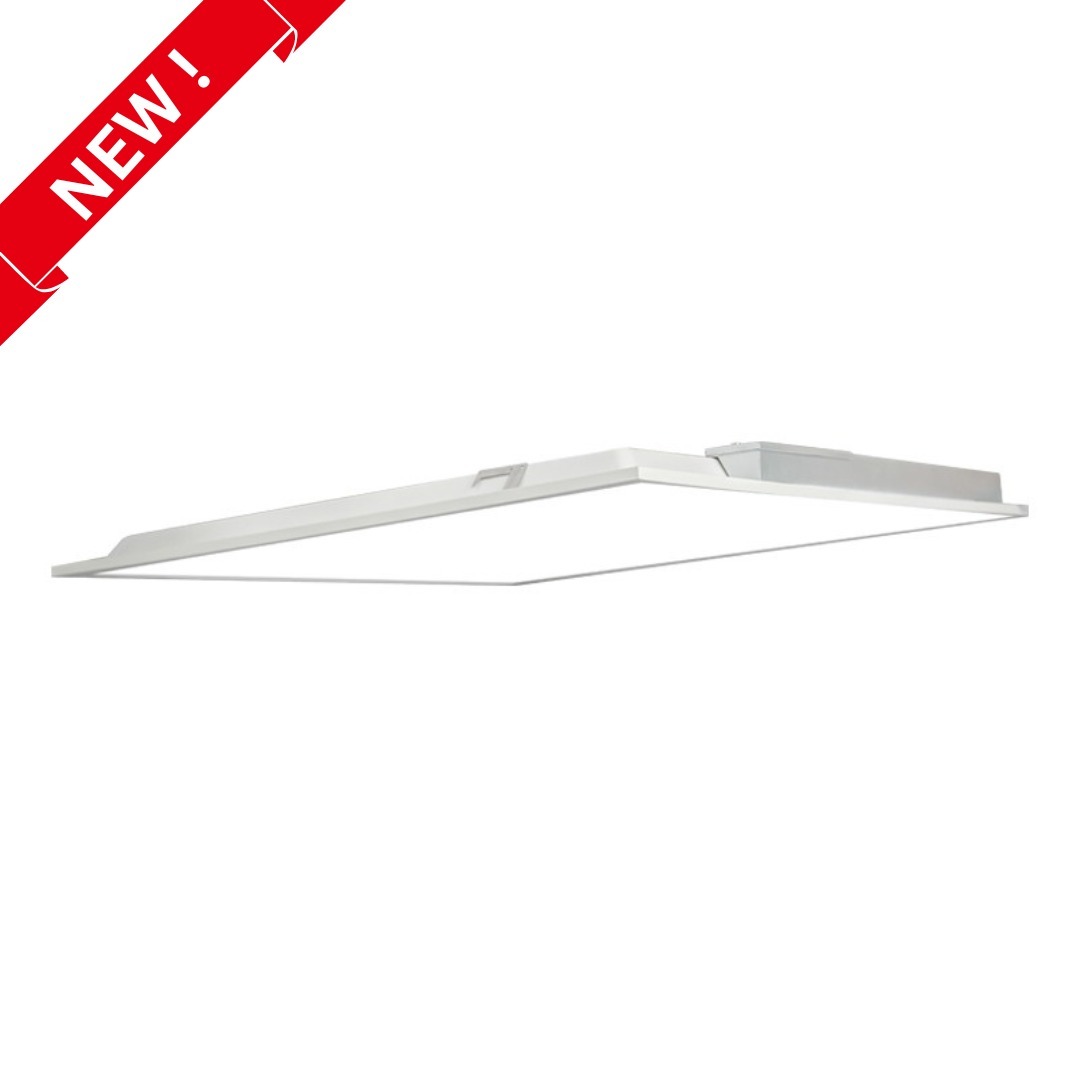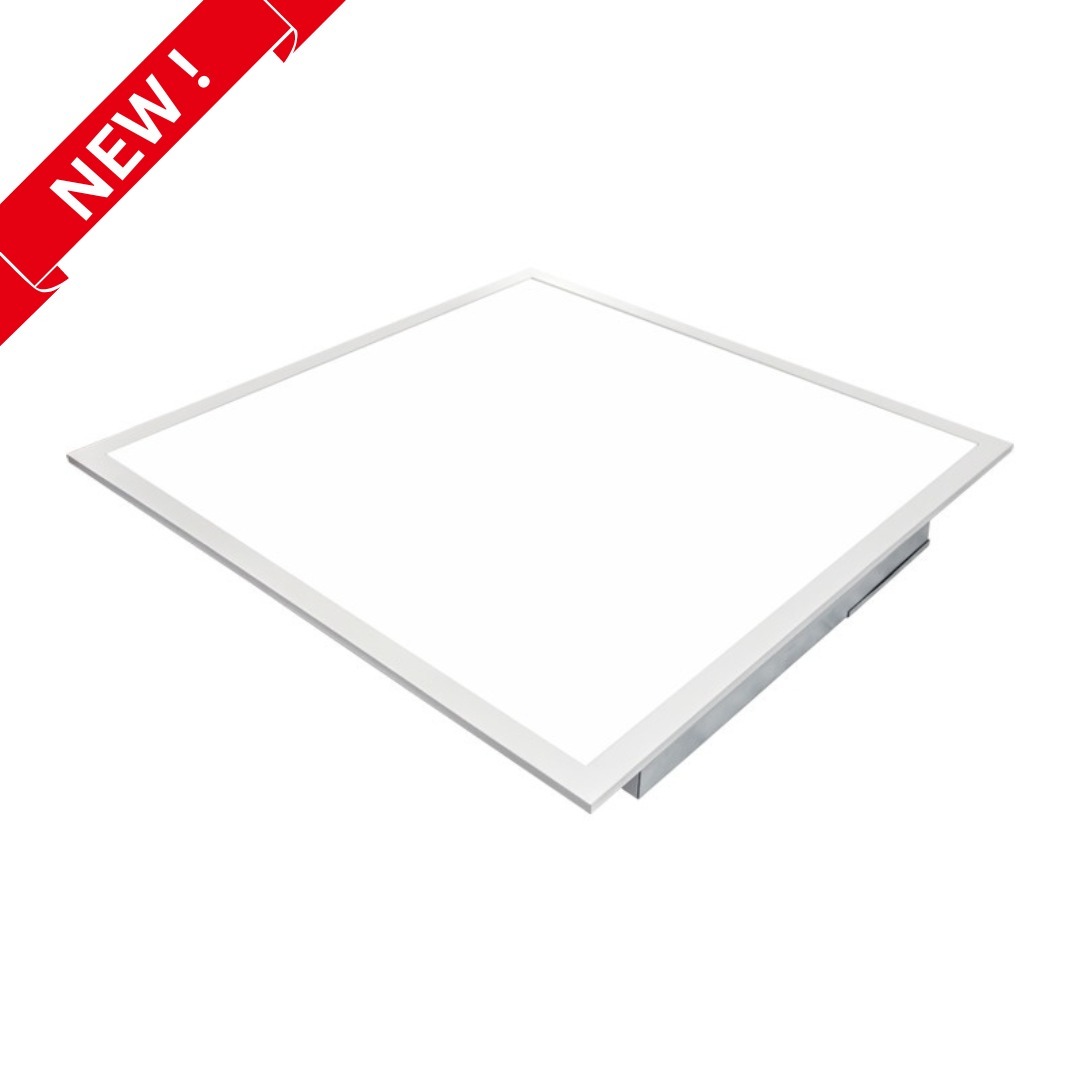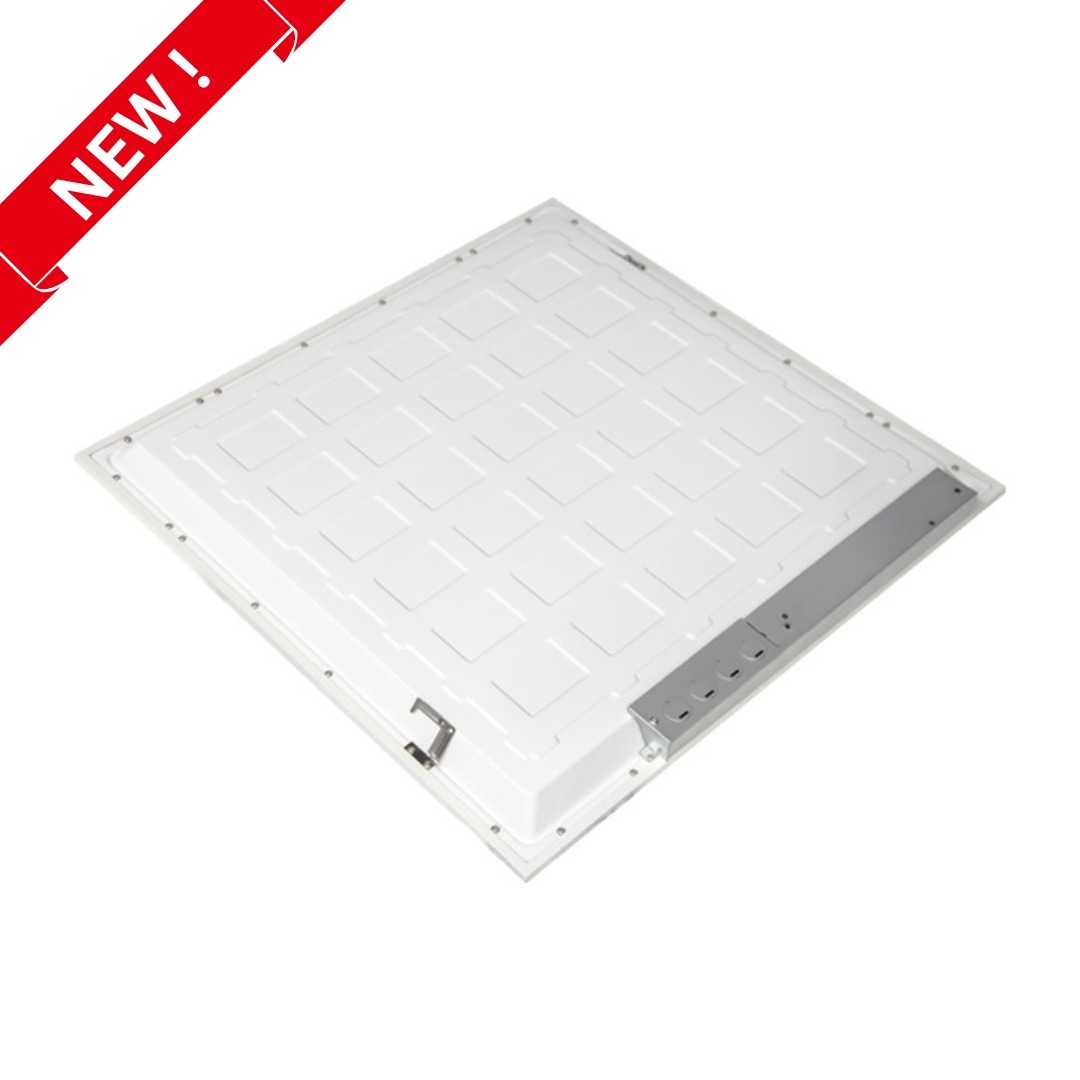Stadium lighting plays a crucial role in creating an optimal viewing experience for both spectators and athletes. Whether it’s a football match, a soccer game, or a tennis tournament, high-quality lighting ensures visibility and safety. Over time, even the most advanced lighting systems, including LED Lights for Arena Lighting and Professional Sports Stadium Lighting, may need to be replaced due to wear and tear, or the emergence of more energy-efficient options. In this guide, we’ll explore the process of replacing stadium lights, discuss when it’s necessary, and offer tips on making the transition as smooth as possible.
1. Why Stadium Lights Need to Be Replaced
Stadium lights, including Stadium Lights for Football Fields, Stadium Lights for Soccer Fields, and Tennis Court Stadium Lighting, are designed to last a long time, especially with the advent of LED technology. However, several factors make replacing them inevitable:
- Wear and Tear: Over time, lights may lose brightness, flicker, or fail entirely due to environmental exposure such as rain, wind, or extreme temperatures.
- Outdated Technology: If your stadium lighting system consists of older halogen or metal halide lamps, switching to LEDs can result in massive energy savings and improved light quality. New LED Lights for Arena Lighting offer better performance, longer lifespans, and lower maintenance costs.
- Energy Efficiency: Modern School Sports Field Lighting Solutions and Professional Sports Stadium Lighting systems, particularly those utilizing LED technology, consume significantly less energy than traditional systems. Replacing older lights with LEDs can reduce energy costs by up to 70%.
- Maintenance Issues: Older lighting systems require more frequent maintenance, leading to higher labor and replacement costs. If maintenance costs start to outweigh the cost of replacement, it’s time to consider a switch.
- Compliance and Standards: Regulatory standards for stadium lighting are continually evolving, and old lights may not meet the necessary brightness, uniformity, or environmental requirements for modern sports events.
Photo from simonkr via iStock
2. Types of Stadium Lights to Consider
When replacing stadium lights, the choice of lighting technology is crucial. With a wide range of options available, LED Lights for Arena Lighting have become the top choice due to their efficiency and performance. Below are the most common types of stadium lights to consider:
- LED Floodlights: Widely used for Stadium Lights for Football Fields and Stadium Lights for Soccer Fields, LED floodlights offer high lumen output, durability, and even light distribution across large areas.
- LED Area Lights: These lights are ideal for illuminating specific sections, such as parking lots or pathways around the stadium. They provide targeted lighting and are often used in conjunction with LED Floodlights for overall coverage.
3. Steps for Replacing Stadium Lights
The process of replacing stadium lights involves more than just switching out the old fixtures. It requires careful planning, from choosing the right type of light to ensuring safe installation. Here’s a step-by-step guide to help you manage the process:
Assessment and Planning
Before replacing the lights, conduct a thorough assessment of the existing lighting system. Consider factors such as:
- Light Output: Measure the lumen output of the current lights and determine if the new lights need to provide more, less, or the same amount of brightness.
- Energy Consumption: Compare the energy efficiency of your existing system with modern LED Lights for Arena Lighting options.
- Maintenance Costs: Evaluate the ongoing maintenance costs of your current lighting setup, including bulb replacements, repairs, and labor costs.
Once you’ve completed the assessment, create a plan for the installation, including the number of lights required, the type of lighting system, and the overall budget.
Selecting New Lights
Choose lights based on the needs of your specific venue, such as Stadium Lights for Soccer Fields or Tennis Court Stadium Lighting. LEDs are the most popular choice due to their durability, energy efficiency, and long lifespan. Consider the following when selecting new lights:
- Wattage and Lumen Output: Ensure that the new lights provide adequate brightness for the size of your field or arena.
- Beam Angle: For stadium lighting, a wider beam angle ensures more even coverage across the field.
- Durability: Stadium lights must withstand outdoor conditions, including rain, wind, and extreme temperatures. Look for lights that are weather-resistant and made from durable materials.
Hiring Professionals for Installation
Replacing stadium lights is a complex task that requires expertise in electrical systems and safe working practices at heights. Stadium Light Pole Installation is a crucial step that must be performed by trained professionals to avoid accidents and ensure optimal light positioning.
- Safety Measures: Ensure the installation team follows all safety guidelines, including the use of harnesses and appropriate electrical equipment.
- Pole Replacements: If the light poles are old or damaged, you may need to replace them as well. Stadium Light Pole Installation involves choosing the right height and material to ensure stability and longevity.
Testing and Adjustments
Once the new lights are installed, it’s important to test them for brightness, uniformity, and coverage. This process includes:
- Light Testing: Use a light meter to measure the brightness across the entire field or arena. Ensure the lights meet the required standards for the sport or event being hosted.
- Recalibration: Adjust the angles of the lights to achieve even illumination and avoid dark spots or glare.
- Maintenance Schedule: Create a maintenance plan that includes regular cleaning, inspections, and recalibration to ensure the new lights maintain peak performance.
Benefits of Upgrading to LED Stadium Lights
Switching to LEDs for Stadium Lights for Football Fields, Stadium Lights for Soccer Fields, and Tennis Court Stadium Lighting offers a host of benefits:
- Energy Efficiency: LED lights consume significantly less energy than traditional metal halide or halogen lights. This can result in substantial savings on electricity bills.
- Long Lifespan: LED lights can last up to 100,000 hours, which means less frequent replacements and lower maintenance costs.
- Superior Light Quality: LEDs provide bright, uniform lighting with excellent color rendering, making them ideal for televised events and professional sports.
- Environmental Impact: LED lights are eco-friendly, emitting less heat and containing no hazardous materials such as mercury. This makes them a greener option for stadiums looking to reduce their carbon footprint.
- Cost Savings: While the initial cost of LED Lights for Arena Lighting may be higher, the long-term savings in energy, maintenance, and replacements make them a cost-effective choice.
Photo from LeArchitecto via iStock
Challenges in Replacing Stadium Lights
Replacing stadium lights, especially for large venues, comes with a few challenges that need to be addressed:
- Cost of Replacement: The initial investment for replacing traditional lights with LEDs can be significant. However, the long-term savings usually outweigh the upfront costs.
- Installation Time: Replacing stadium lights can be time-consuming, and may require scheduling downtime or off-season periods when the venue is not in use.
- Technical Complexity: Ensuring that the lights are properly aligned, installed at the right height, and provide even coverage requires technical expertise.
FAQs
- How often should stadium lights be replaced?
- Stadium lights typically last between 10 to 15 years, depending on usage and environmental conditions. However, LED Lights for Arena Lighting can last up to 100,000 hours, reducing the frequency of replacements.
- What are the benefits of replacing traditional lights with LED lights?
- LED lights offer numerous benefits, including higher energy efficiency, longer lifespans, better light quality, and lower maintenance costs.
- How much does it cost to replace stadium lights?
- The cost varies depending on the size of the venue, the type of lighting system, and whether or not poles need to be replaced. While LED systems are initially more expensive, the long-term savings in energy and maintenance make them cost-effective.
- Can I replace stadium lights myself?
- Due to the complexity and safety concerns involved in Stadium Light Pole Installation and electrical work, it’s best to hire professionals for the replacement of stadium lights.
- What is the best type of lighting for stadiums?
- LED floodlights and LED area lights are the most common choices for stadium lighting due to their energy efficiency, brightness, and durability.
Conclusion
Replacing stadium lights, whether for Stadium Lights for Football Fields, Stadium Lights for Soccer Fields, or Tennis Court Stadium Lighting, is a necessary process that can enhance the overall experience for players and spectators alike. By upgrading to LED technology, you’ll enjoy better performance, lower costs, and an improved environmental footprint. Following a structured plan, involving professionals for Stadium Light Installation Guide, and implementing regular maintenance will ensure that your stadium lights perform at their best for years to come.

